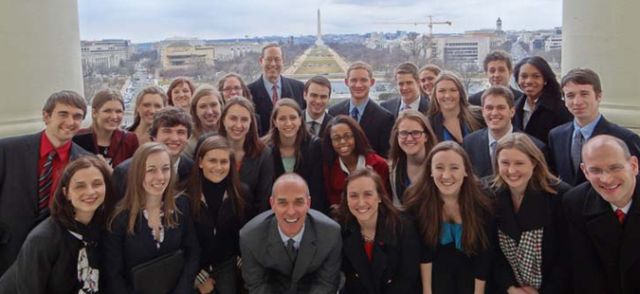Document Type
Article
Publication Date
2015
Publication Source
Albany Law Review
Abstract
Political analysts have suggested that policy power will begin to shift from the federal government to state governments as gridlock in Congress persists. Therefore, understanding the policymaking process at the state level is more important than ever. Vitally missing from our understanding of policymaking in the states is the role of constitutional provisions. Many state constitutions contain directives that severely limit the ability of the legislature to act. Some of these directives are procedural while others are more substantive. This is relevant because constitutional rules are more difficult for members to alter than chamber rules. In this paper we present a quantitative measure of constitutional restrictiveness and explore the variation in this measure across the fifty state legislatures and the U.S. Congress. We discover that constitutional restrictiveness is largely explained by the historical era in which the most recent constitution has been passed.
Inclusive pages
1459-1484
ISBN/ISSN
0002-4678
Document Version
Postprint
Copyright
Copyright © 2014 by the Authors
Publisher
Albany Law Review
Volume
78
Issue
4
Peer Reviewed
yes
Keywords
State legislatures, legislative process, rules and procedures
eCommons Citation
Miller, Nancy Martorano; Hamm, Keith E.; and Hedlund, Ronald D., "Constrained Behavior: Understanding the Entrenchment of Legislative Procedure in American State Constitutional Law" (2015). Political Science Faculty Publications. 109.
https://ecommons.udayton.edu/pol_fac_pub/109
Included in
Political Theory Commons, Public Affairs, Public Policy and Public Administration Commons




Comments
The document available for download is the author's accepted manuscript, originally presented at the Annual Meeting of the American Political Science Association, Washington, DC, August 28-31, 2014. The version of record is available from the publisher.